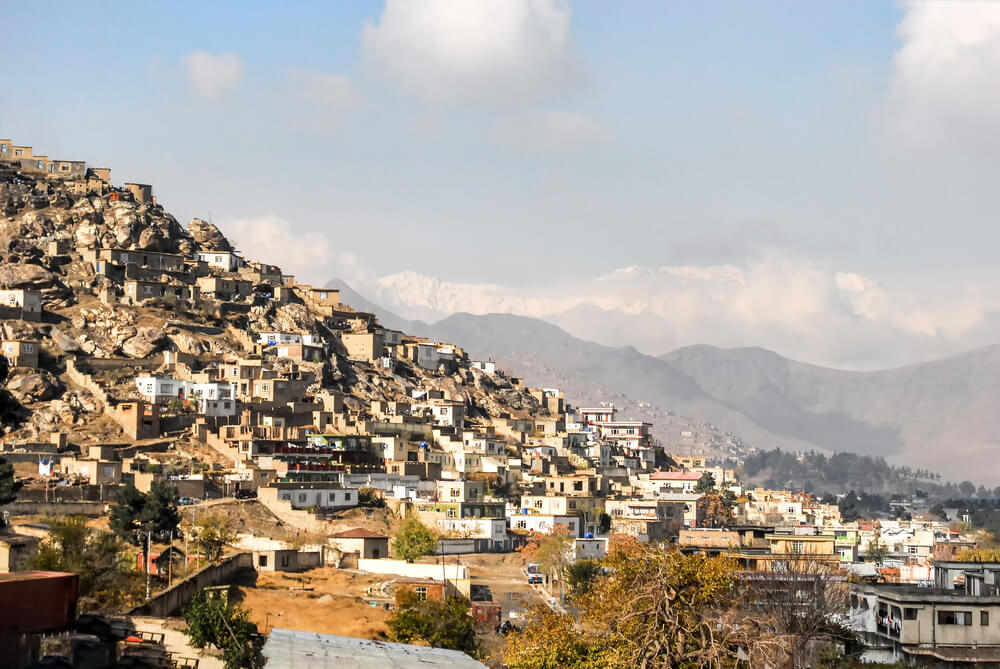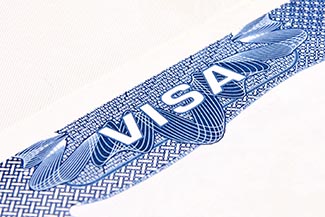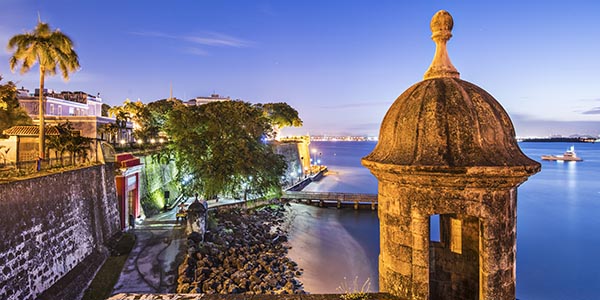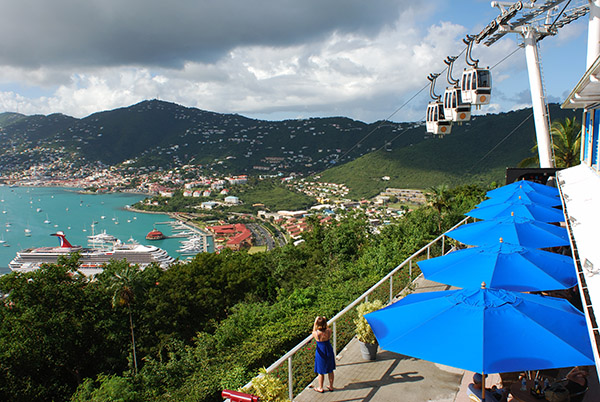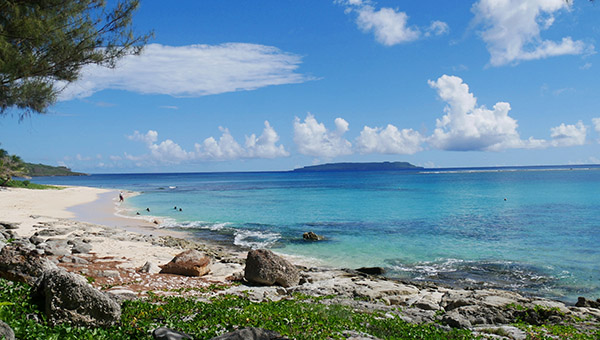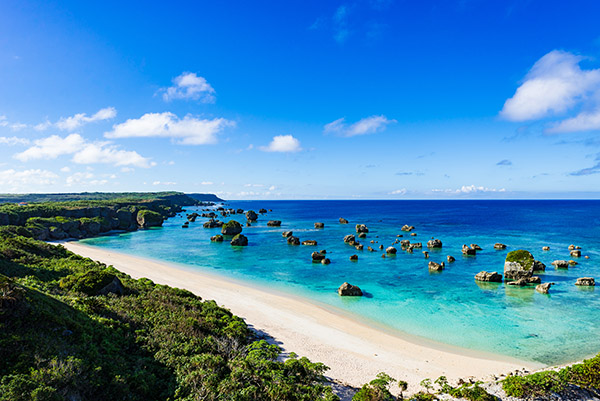Kabul, like any world capital, is a thriving city that a lot of Americans find themselves locating to for work. In order to enter Afghanistan for business, travelers must provide a valid business visa as well as a passport. If potential work seekers or travelers fail to comply with the requirements, his/her passport will be confiscated. Also, he/she must pay a $100 fine. So, be sure you know what you need before you get a Business Visa to Afghanistan.
Afghanistan isn’t handing out business visas to just anyone. Applicants must prove their legitimacy for wanting to obtain the business visa. As well as proving their employer and purpose for the trip. Due to the fact that employees must be secured prior to arriving in Kabul, most companies and agencies provide housing for their employees. There are many perks to choosing to work in Afghanistan. To begin, you must request the Afghanistan Business Visa Application Kit. The following sections will provide more specific requirements you will need to complete it correctly.
Afghanistan Business Visa Requirements
- A valid passport and business visa are required for travel to Afghanistan.
- Your passport must be signed by you and must be valid for 6 months beyond your stay in Afghanistan. U.S. Citizens need to have at least one-page blank for an Afghanistan visa stamp.
- Please note the “amendment pages” in the back of the passport book are not suitable for Afghanistan visas. Citizens from Los Angeles must have 2 blank passport pages face to face for entry.
- Two copies of the Afghanistan Visa Application Form, one signed and one copy. Download here: Afghanistan-Visa-Application-Form-English
- 1 recent 2 x 2 passport type photograph. This means it must be in color, with the subject in a front view, no glasses, with a plain/white background. For more photo requirements click here. Another option is to upload this photo when you place your order.
- You must provide a business cover letter. This consists of an original, signed a letter from the employer or sponsoring company in the US. It must be on company letterhead introducing you (the applicant for the visa) including a statement regarding your employment status or position in the company. Another requirement is to include the applicant’s passport number. If you are a government contractor it must be explicitly stated in the letter. Your letter must state your purpose of visit to Afghanistan and formally request the Afghanistan visa.
- Detailed contact information in Afghanistan as well as stating who will be financially responsible for you (the applicant) while in the country.
- Typically only single entry Afghanistan visas are granted at the end of this. If the applicant presents approval from the Ministry of Foreign Affairs in Afghanistan then they may receive a multiple entry visa.
Afghanistan Entry Visa Option
An Afghanistan Entry Visa is another option. The process is as follows:
- You and/or your employer should write a formal letter explaining your situation and outline why you arrived in Afghanistan without a visa.
- You will take this letter to the Consular Section at the Afghan Ministry of Foreign Affairs (MFA).
- The MFA will draft a letter to the Foreign Relations Department of the Ministry of Interior (MOI).
- The General Police Office will then give you a letter addressed to the Border Police Office at Kabul International Airport. This process may take 2 weeks or more to complete.
- Then you will bring this letter to the airport along with 2 passport sized photos to the Border Police Office. You will fill out forms and at this time you will pay the $100 fine.
- This process only allows you to be in Afghanistan for 15 days. If you decide to stay longer you have two options. You can apply for a tourist visa or a multiple entry visa at the General Passport Office, Foreigners’ Visa Section.
In general, traveler’s are warned to expect inconsistencies in the Afghan entry/exit control process. It is far better to be over prepared in these types of situations. There are hefty visa expiration fines as well. If a visa expires, the traveler must pay $2 per day for the first month and $5 per day for the second month of overstaying their visa. After two months of this, the traveler must pay a $210 fine and is subject to deportation.
Business travel to Afghanistan can be very alluring to many American companies and employees. Afghanistan business opportunities are growing more every year, so protect your time and financial investments: make sure you apply for your business visas to Afghanistan early and accurately!

